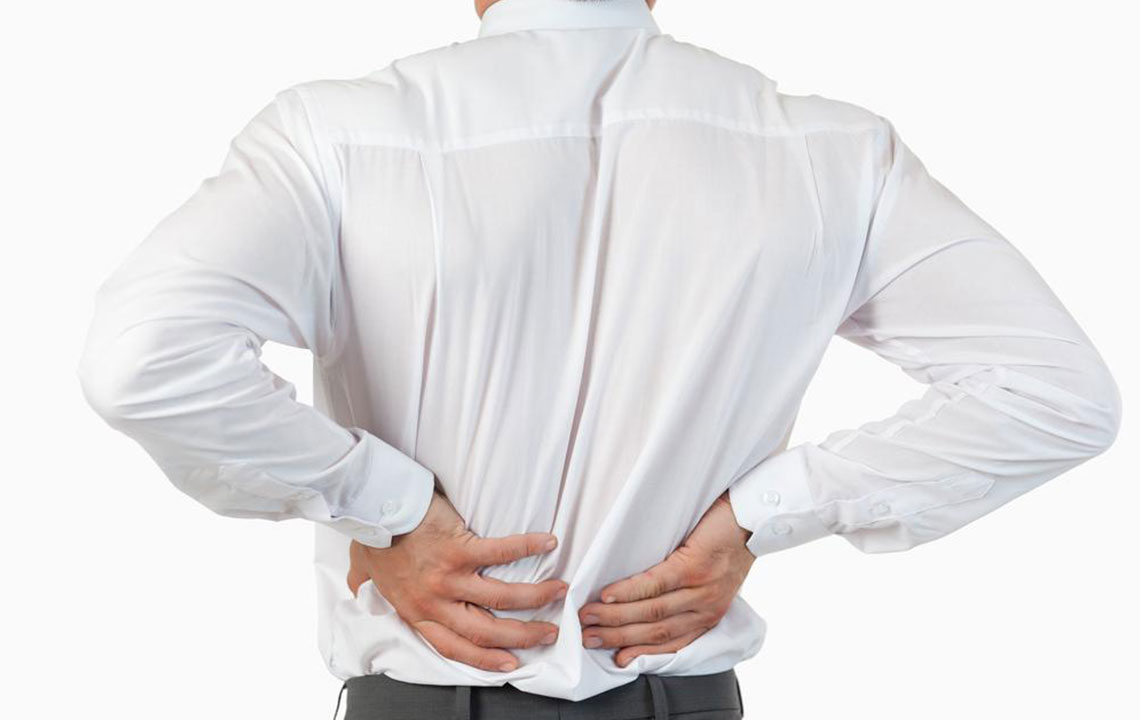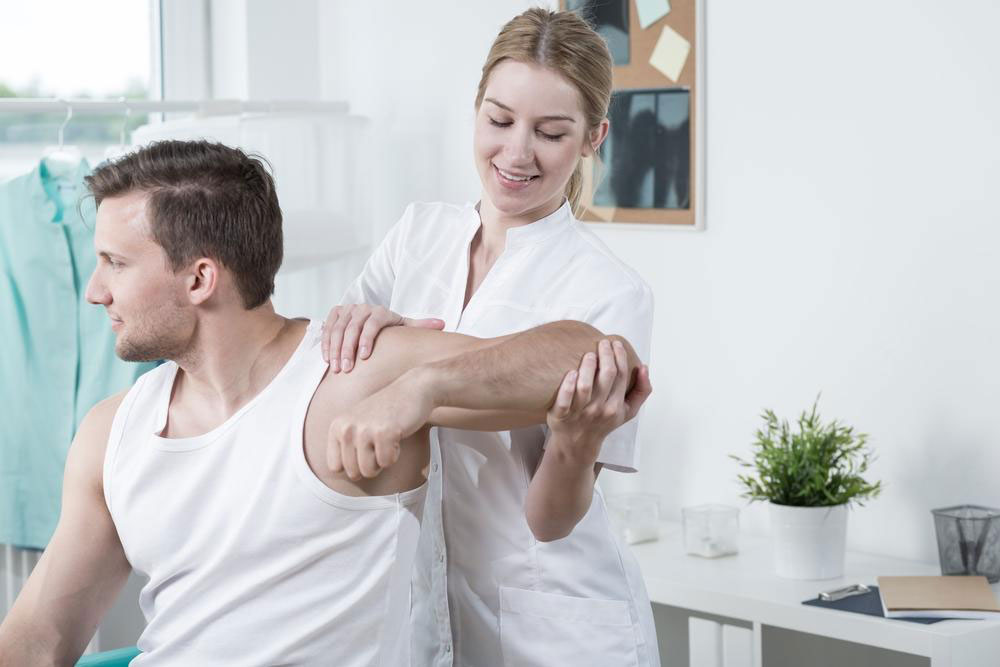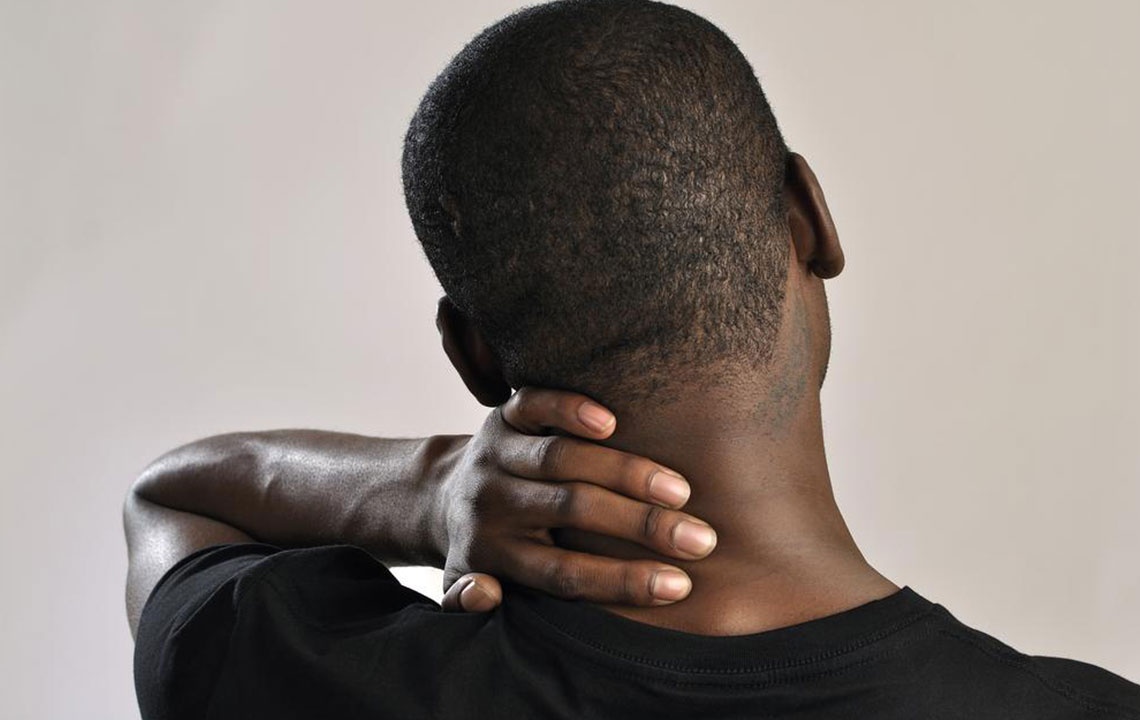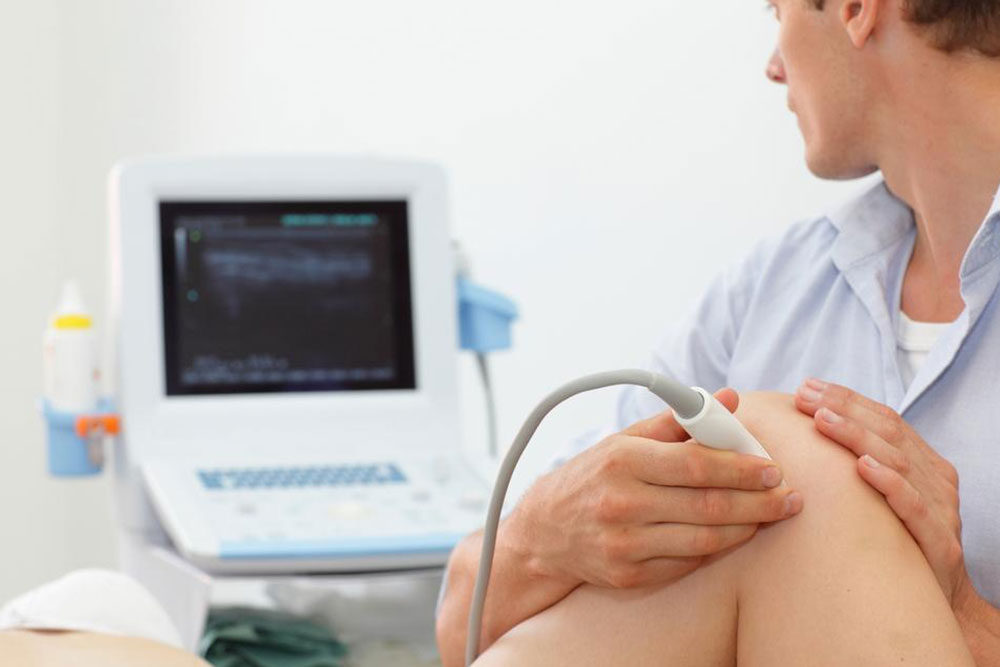Comprehensive Guide: 8 Effective Non-Surgical Methods to Relieve Back Pain
Discover 8 effective non-surgical methods to relieve back pain, from physical therapy and medication to alternative therapies like acupuncture and massage. This comprehensive guide helps you understand safe, practical, and accessible strategies to manage back discomfort without surgery, promoting long-term spinal health and improved quality of life.
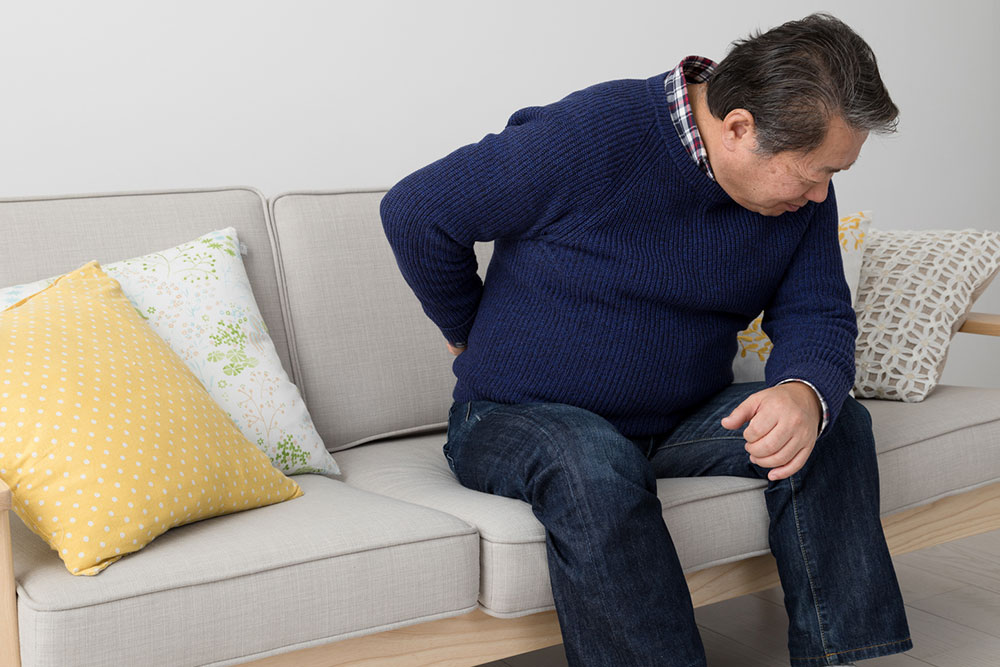
8 Proven Non-Invasive Strategies to Combat Back Discomfort
Back pain remains one of the most common health complaints worldwide, impacting millions of people each year. Its severity can range from mild, nagging aches that interfere minimally with daily activities to intense, sharp pains that significantly restrict movement and quality of life. Understanding the causes and exploring effective treatment options are crucial for managing back discomfort effectively. While surgical procedures are sometimes necessary, a vast array of non-surgical, non-invasive techniques offers significant relief and can prevent future issues. This comprehensive guide aims to explore these methods, emphasizing safe, accessible, and practical solutions to alleviate back pain without the need for invasive intervention.
Back pain management is a multifaceted approach that combines physical, mental, and lifestyle strategies. When pain persists or intensifies, consulting a healthcare professional is essential to rule out serious underlying conditions. Many cases of acute back discomfort respond well to non-invasive treatments that can be administered at home or in outpatient settings, providing quick and sustainable relief. In this article, we delve into various non-surgical options, highlighting their benefits and suitability for different types of back pain.
Why Consider Non-Surgical Treatment?
Choosing non-surgical methods offers many benefits, notably the ability to continue daily activities and maintain an active lifestyle. Unlike invasive surgeries, these techniques often have fewer risks, lower costs, and shorter recovery times. They serve as effective initial steps in managing back pain, especially in cases where the pain is moderate or chronic but not caused by structural damage requiring surgical intervention.
Advantages of Non-Invasive Back Pain Management
Preserves your ability to work and perform daily tasks without interruption
Enhances flexibility and range of motion through targeted exercises
Contributes to better posture and alignment of the spine
Helps you learn preventive measures to minimize future discomforts
Reduces reliance on medications with potential side effects
There are numerous non-surgical interventions available, each tailored to the specific type and cause of back pain. Below, we examine some of the most effective and widely recommended options.
1. Physical Therapy and Customized Exercise Programs
Physical therapy remains a cornerstone in back pain relief. Professional therapists design personalized exercise regimens that target specific muscle groups, improve posture, and strengthen the core muscles supporting the spine. These exercises help reduce muscle tension, improve flexibility, and prevent future episodes of pain. Incorporating routines such as stretching, low-impact aerobic activities, and stability training can significantly enhance recovery and overall spinal health.
Consistent engagement in physical therapy under proper guidance ensures safe progression and helps identify movement patterns that may contribute to discomfort. Additionally, physical therapists can teach proper lifting techniques, ergonomic adjustments at work, and breathing exercises to alleviate stress and muscle tension.
2. Hot and Cold Therapy for Immediate Relief
Applying heat or cold packs is one of the simplest and most effective home remedies for back pain. Cold therapy (ice packs) helps reduce inflammation and numb pain, especially after acute injuries or flare-ups. It is recommended to apply ice for 10-15 minutes every two hours during the initial 48 hours post-injury. Cold application constricts blood vessels, which minimizes swelling and alleviates pain.
Heat therapy (Heating pads or warm packs), on the other hand, relaxes tense muscles, improves blood circulation, and promotes healing. It is beneficial after the initial inflammation has subsided, typically after 48 hours. Applying heat for 15-20 minutes can loosen tight muscles and increase range of motion.
3. Injections for Persistent or Severe Pain
For chronic or severe back pain that does not respond to conservative measures, medical injections offer targeted relief. These include nerve blocks, epidural steroid injections, or trigger point injections. After a thorough assessment, healthcare providers may recommend these minimally invasive procedures to reduce inflammation and interrupt pain signals. While not a permanent cure, injections can provide significant pain relief, allowing patients to participate more actively in rehabilitation exercises and physical therapy.
4. Mind-Body Techniques for Pain Management
Chronic back pain often takes a toll on mental health, exacerbating feelings of stress, anxiety, and depression. Mindfulness-based practices such as meditation, yoga, and tai chi have been shown to decrease stress levels, improve mental resilience, and divert focus from pain sensations. Guided sessions, either in person or through digital platforms, can teach relaxation techniques that ease muscle tension, improve breathing, and foster a sense of calm.
Engaging in these practices regularly can reinforce pain management strategies, promote better sleep, and contribute to an overall sense of well-being.
5. Medication-Based Therapies with Caution
When pain is intense, physicians may prescribe medications such as nonsteroidal anti-inflammatory drugs (NSAIDs), analgesics, or muscle relaxants. These drugs can provide quick relief, especially during flare-ups, but they should be used judiciously. Long-term use of certain medications may lead to side effects, dependency, or medication tolerance. Therefore, medication should complement other non-invasive therapies and be carefully monitored by healthcare providers.
6. Therapeutic Massage and Manual Therapy
Massage therapy involves manipulating soft tissues to relieve muscle tension, improve circulation, and reduce spasms contributing to back pain. Techniques such as deep tissue massage, Swedish massage, or trigger point therapy can relax stiff muscles and improve flexibility. Regular sessions with a licensed massage therapist can be especially beneficial for those with muscle-related back pain or tension caused by stress.
7. Acupuncture for Back Pain Relief
This traditional Chinese medicine technique involves inserting fine needles into specific points on the body to stimulate nerves, muscles, and connective tissues. Clinical studies have demonstrated acupuncture’s effectiveness in reducing chronic back discomfort, promoting natural pain relief, and improving blood flow. It is a safe, drug-free option suitable for many patients seeking alternatives to medication and surgery.
8. Advanced Techniques: Electrical Nerve Stimulation
In cases where conservative treatments fail, electrical nerve stimulation, such as spinal cord stimulators, can be considered. This involves implanting a device that sends electrical impulses to the spinal cord, blocking pain signals before they reach the brain. While more invasive than other methods, this technique can significantly improve quality of life for patients with persistent, debilitating back pain.
Most minor back pains resolve within days or weeks with proper self-care and lifestyle modifications. However, if discomfort persists beyond 4-6 weeks, or if there was an injury involving nerve damage or structural abnormalities, consulting a healthcare professional is crucial. They can recommend appropriate diagnostic tests and treatments suited to your specific condition. Remember, proactive and diverse approaches to back pain management can lead to long-term relief and better spinal health.
